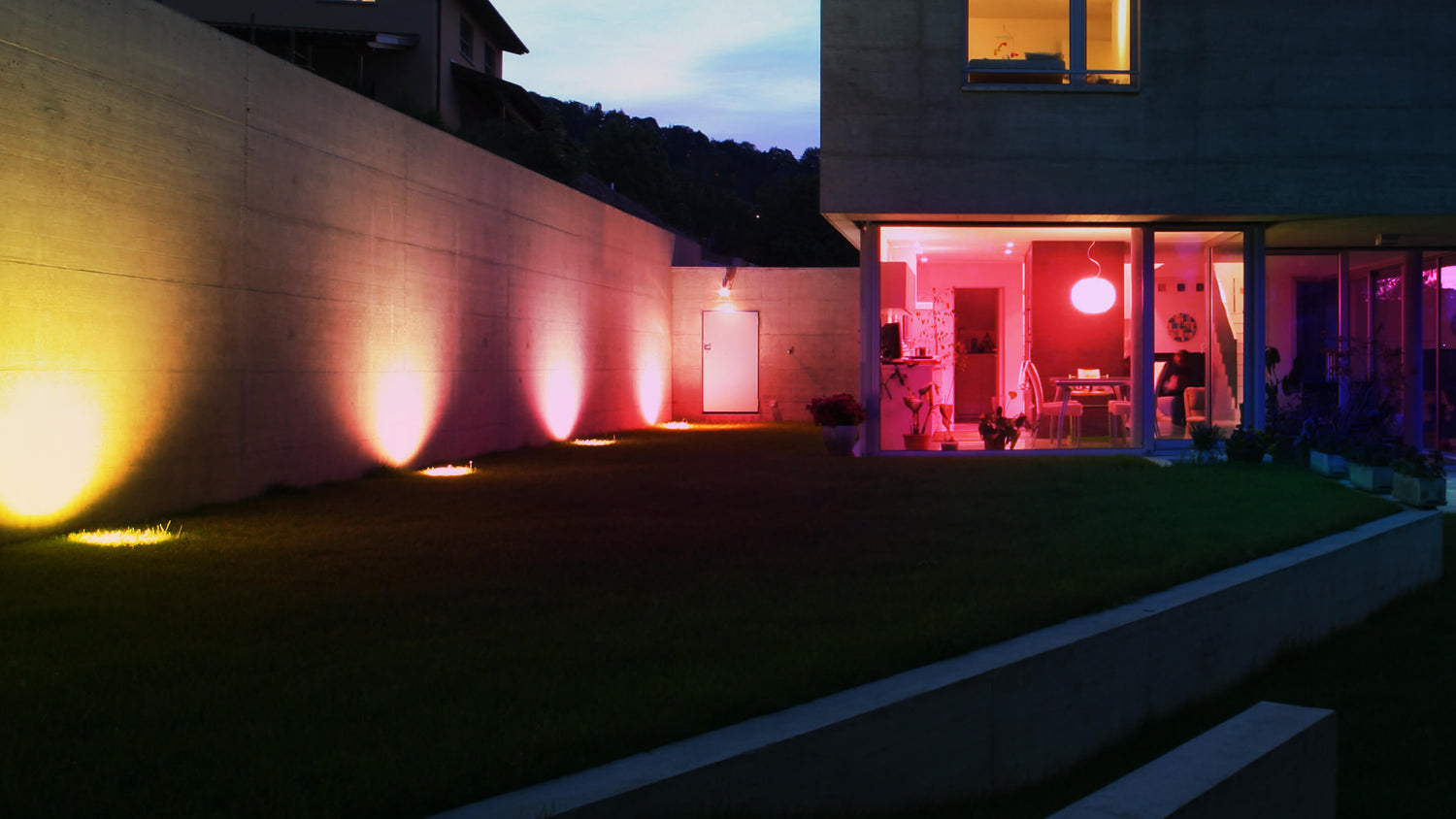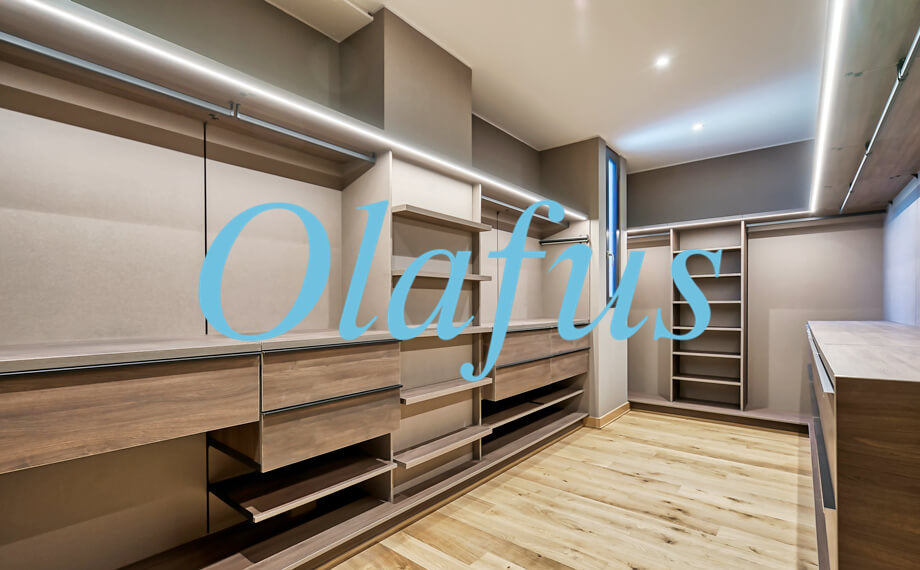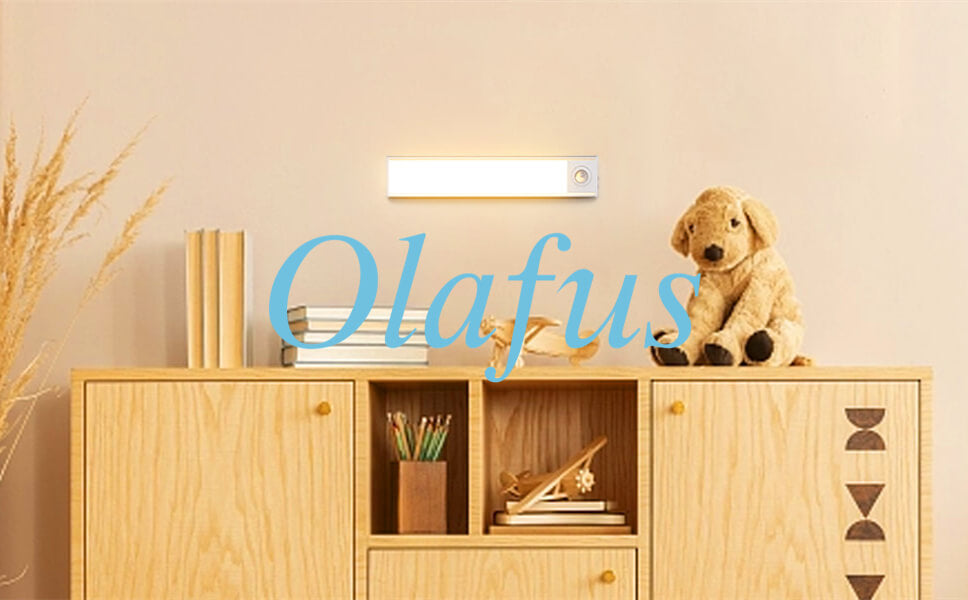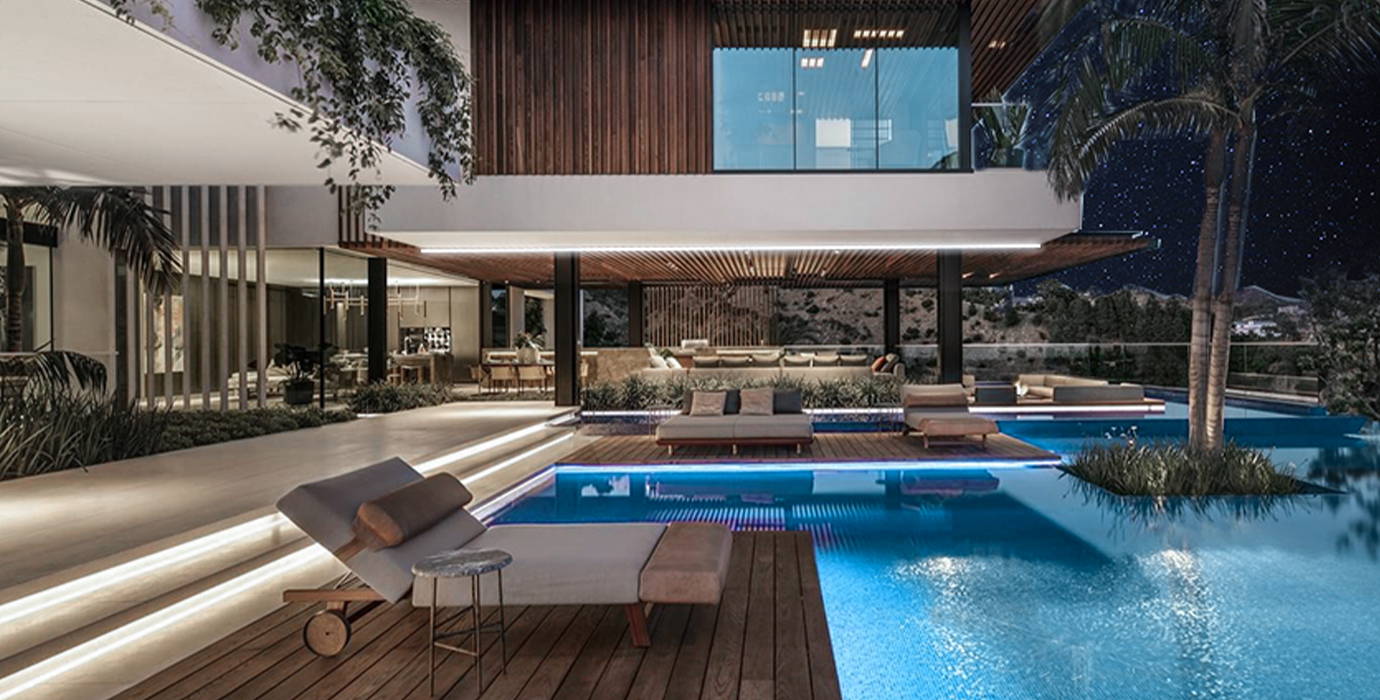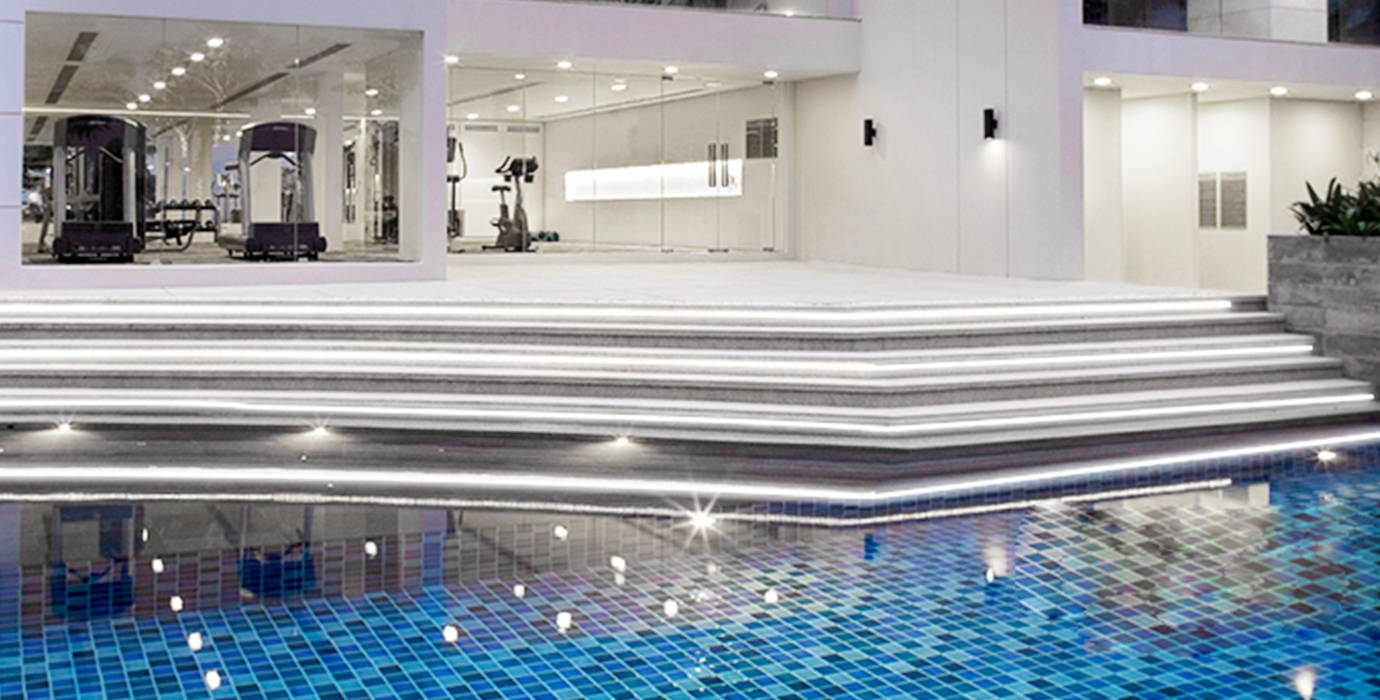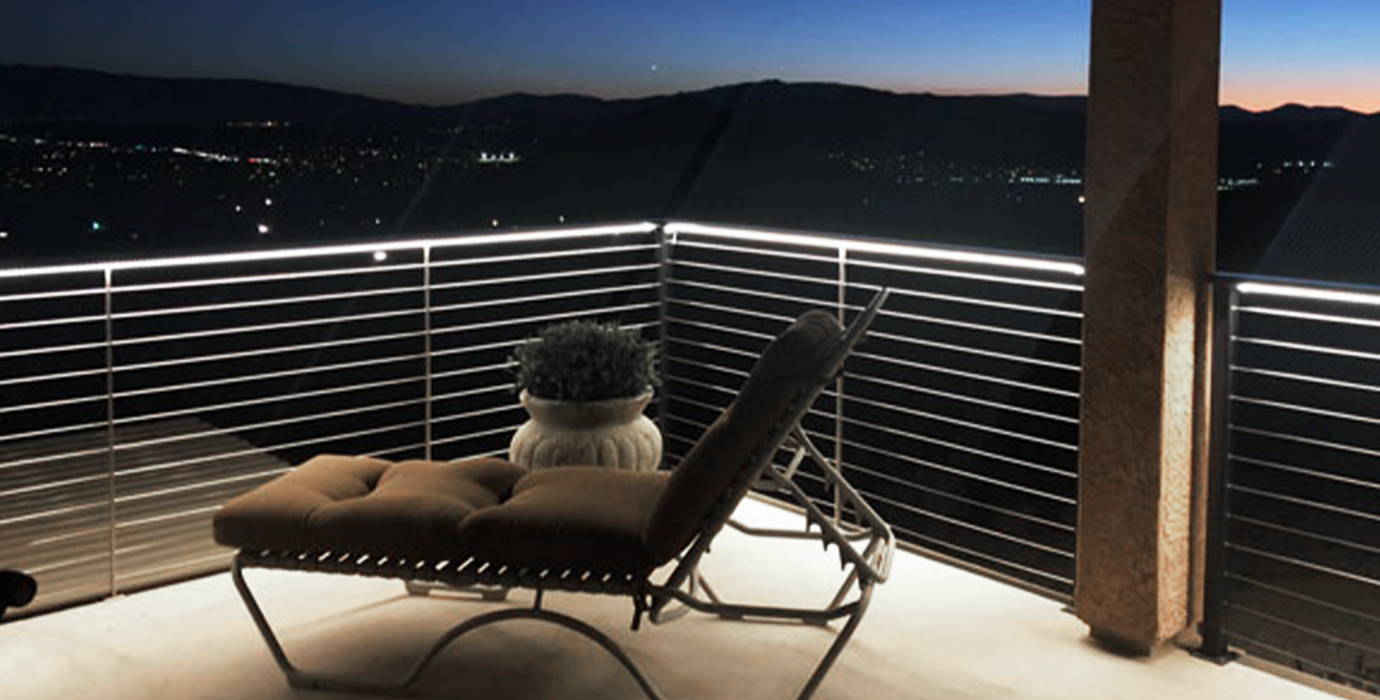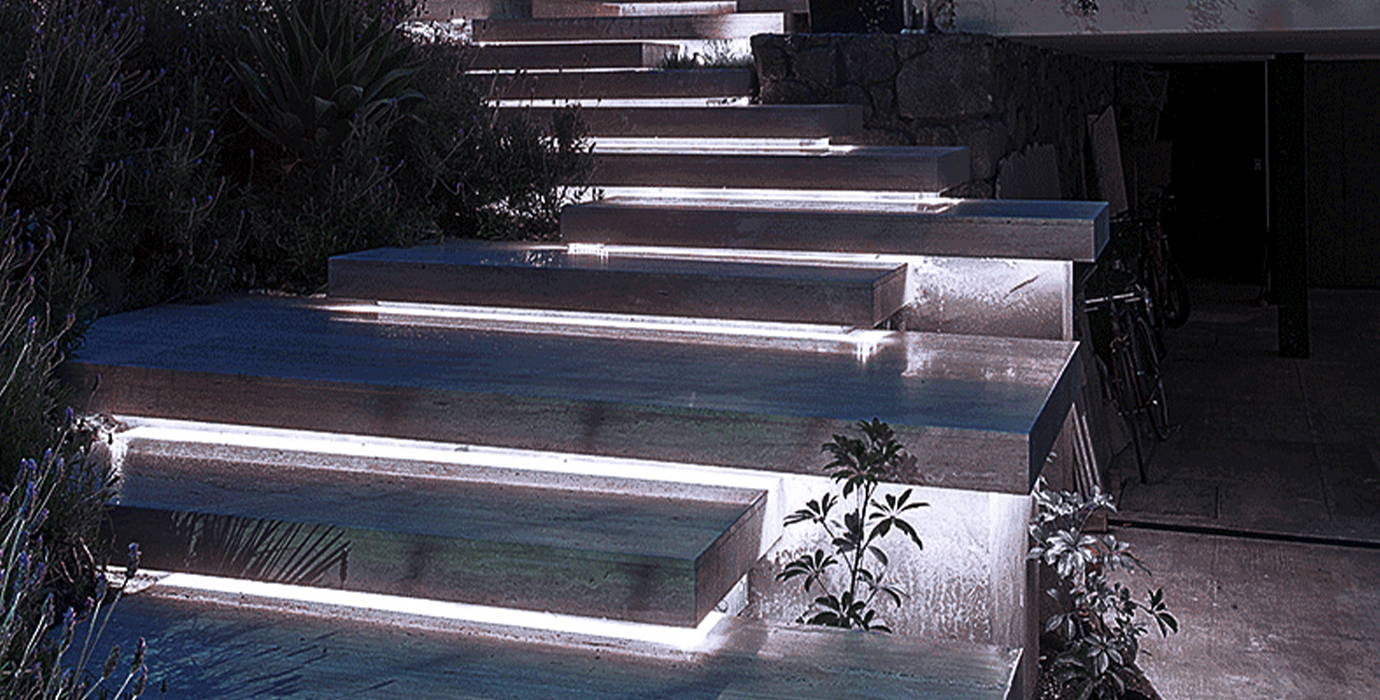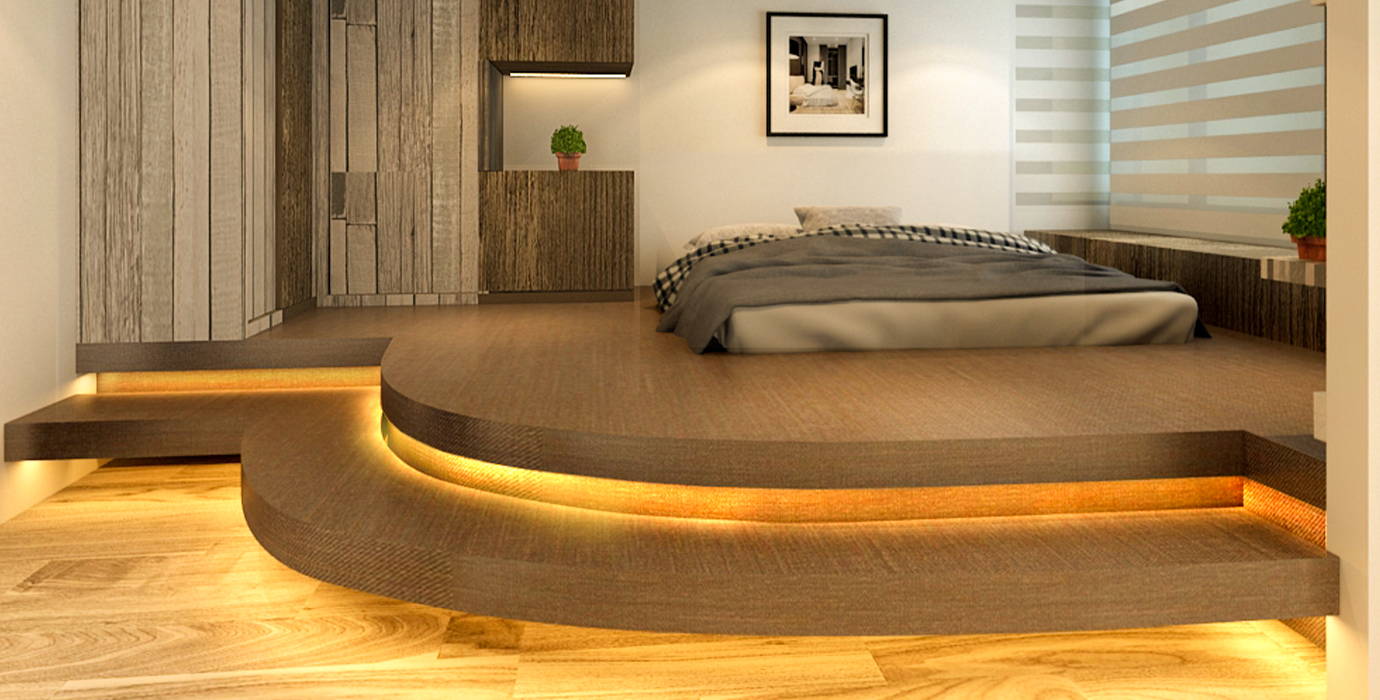Before installing LED strip lights, adequate preparation is a critical step to ensure a successful installation. Below is a detailed preparation guide:
Measure the space: Use a tape measure to accurately measure the length and width of the area where the LED strip lights need to be installed. Make a note of the measurements so that you can purchase the right length of LED strip and accessories.
Plan the layout: Plan the layout of the LED strip lights on paper or using design software to determine the location of the power supply, the wiring of the strip lights, and where corners or joints are needed. Consider in advance how to hide wires and connectors to maintain a neat appearance.
Choose the right type: Choose the right type of LED strip according to the measurement and planning, such as waterproof strip for wet environment, colorful RGB strip for decorative purpose, warm white or daylight white strip for general lighting.
